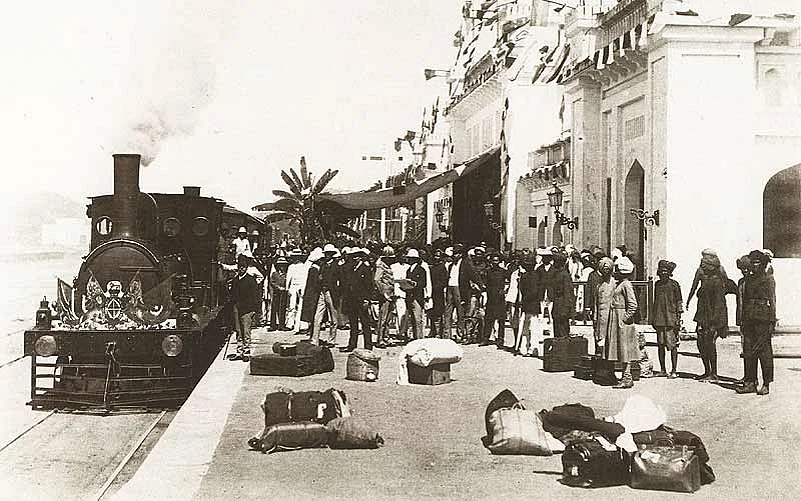Paul Theroux once wrote fit-tingly of the Indian Railways: “The railway possessed India and made her hugeness graspable.” That vast enterprise began in 1832, when the first proposal to lay a railway line was put on paper. But it was 21 years later, in 1853, that the first train rolled out, running from Bombay to Thane. This kicked off large-scale entrepreneurship to build a countrywide railway network. This was encouraged by the British empire.
In 1870, when the railways turned 17, the enterprise was still quite young, with highly segmented links, many of which were set up by the royals under the Raj. The port cities of Madras, Calcutta and Bombay soon became huge centres of activity in railway operations, branching out into the interiors of the country. By 1870, the landscape in the countryside had changed: a fair amount of interlinking started bringing far-flung cities closer than they’d ever been. It was clearly a fertile time, with British companies investing nearly 100 million pounds in the railway business by 1875.
A fair number of major networks under the Guaranteed Railways System had already come into operation by 1868, like the East Indian Railway, the Oudh and Rohilkhand Railway, North Western Railway, Central India Railway, Great Indian Peninsula Railway and South India Railway. The Guarantee System, dominant at this time, simply meant that investors would get a fixed interest (around 5 per cent) on their investment in the railways: this was guaranteed by the East India Company.
By 1870, a great number of railway tracks had already been laid in India, taking the mile count to 4,771, from 20 miles in 1853. That year also saw a breakthrough—passengers could now travel from Bombay to Calcutta directly, via Allahabad. Such was the impact of this link, it became one of the prime inspirations for Jules Verne as he wrote Around the World in Eighty Days: the crossing of the subcontinent, in a way, mirrored circumnavigation.


























